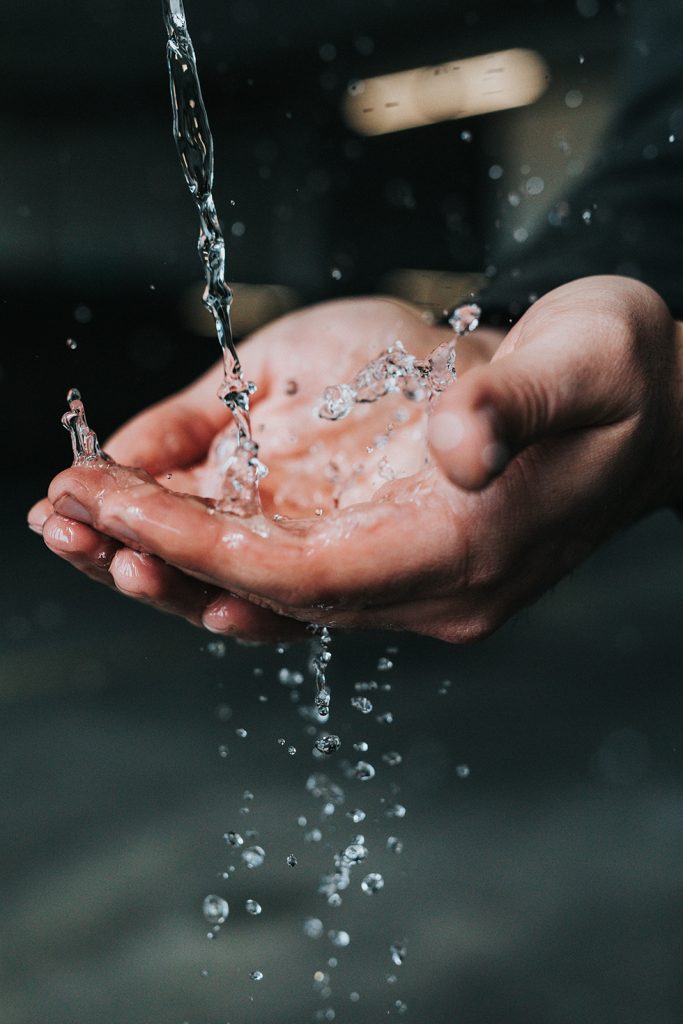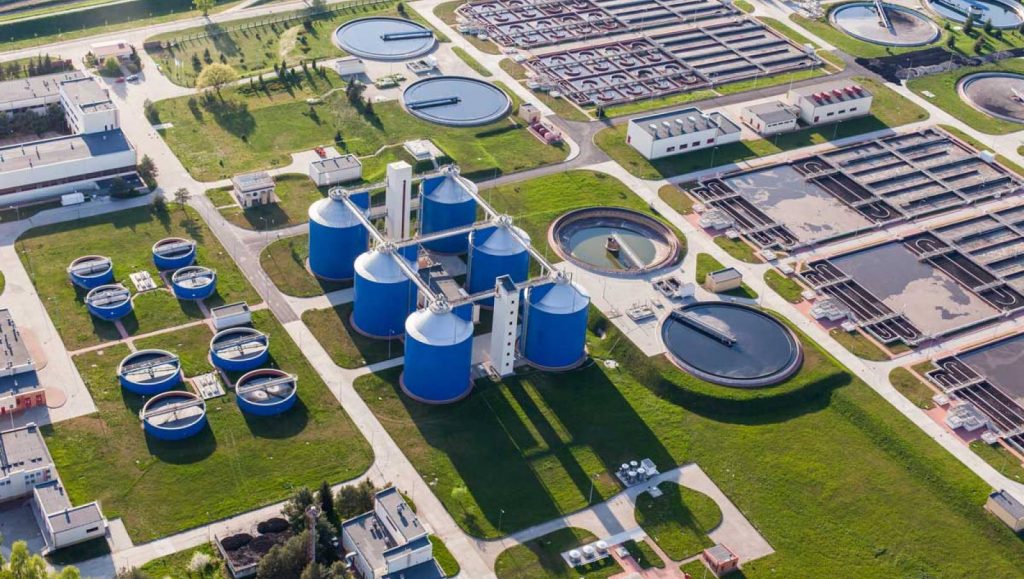
The article provides a comprehensive guide on how to remove gunshot residue (GSR) from both skin and clothing. Gunshot residue, which can include particles of lead, copper, antimony, and burned gunpowder, is a byproduct of firing a gun and can be deposited on the shooter and nearby surfaces. It’s important to remove GSR due to its potential use as forensic evidence and the health risks associated with exposure to its components. The guide outlines various methods for cleaning GSR, emphasizing the importance of using appropriate cleaning products like soap, laundry detergent, bleach, and hydrogen peroxide.
For personal hygiene, washing with soap and water is typically sufficient to remove GSR from the skin. Clothing contaminated with GSR can be cleaned using a washing machine with hot water and detergent. The article stresses the significance of proper disposal of materials contaminated with GSR, such as gloves and rags, and advises against cleaning GSR with methods that might damage clothing or skin. The guide also highlights precautions to take when working with GSR, such as avoiding inhalation, using protective gear, and ensuring good ventilation.
Overall, the article serves as a useful resource for individuals who may come into contact with GSR, providing practical advice on how to effectively and safely clean and dispose of this residue.
Does a gun leave traces? What is gunpowder residue?

When fired, the fuel in the ammunition ignites and releases hot gases.
These hot gases expand rapidly, pushing the bullet down the barrel and out of the gun.
Some of these hot gases escape around the bullet and are ejected from the weapon.
This gas is called a muzzle blast.
The muzzle blast can contain particles of lead, copper, antimony, and other metals in the powder charge and fuel, as well as burned gunpowder.
They may not be visible to the naked eye, but can be seen under a microscope.
These particles can deposit on clothing, skin, and other nearby surfaces.
Such deposition is called gunshot residue (GSR).
What can be determined from gunshot residue?
The chemical composition of GSR can vary depending on the type of ammunition used.
For instance, lead-based bullets leave behind more lead than copper-based bullets.
The size and shape of the particles can also provide information about the gun that was used.
For example, larger particles are usually found with revolvers, while smaller particles come from automatic weapons.
However, it is important to note that GSR alone cannot be used to determine who fired a gun or even if a particular person fired a gun.
GSR can be transferred to other surfaces and clothing through contact, so just because someone has GSR on them does not mean they fired a gun.
It can also be used to estimate how close the person was to the gun when it was fired.
What is included in gunshot residue particles?
The particles that are found in gunpowder residue can vary depending on the type of ammunition that is used.
They can include lead, copper, antimony, and other metals in the powder charge and fuel, as well as burned gunpowder.
Additionally, the gunpowder residue can contain burned gunpowder.

The main components of GSR are:
- lead
- barium
- antimony
All three of these elements are metals. Lead is the heaviest metal, and antimony is the lightest metal. Barium falls in between the two.
GSR can also contain other materials, such as:
- burned gunpowder
- unburned gunpowder
- particles of clothing or skin
- paint from the gun’s barrel
G SR can also be used to help determine what type of gun was fired. For example, lead bullets leave more residue than copper bullets.
How is GSR collected?

There are two main ways to collect GSR:
- swabbing
- wipe sampling
Swabbing involves using a cotton swab or other absorbent material to collect GSR from a surface.
Wipe sampling involves using an adhesive tape to collect GSR from a surface.
Once collected, the GSR can be analysed in a laboratory to determine if it is present and, if so, its composition.
What to do to ensure hygienic safety?
Gunshot residue can be dangerous if it is not cleaned up properly.
If you come into contact with GSR, it is important to clean the area as soon as possible.
This will help to prevent any further exposure and minimize the risk of lead poisoning.
- You should avoid inhaling gunpowder residue.
If you are cleaning up a large area, you may need to wear a dust mask to protect yourself from exposure.
- Once the area has been cleaned, it is important to dispose of any materials that may have been contaminated with GSR.
This includes rags, gloves, and clothing.
- You should also wash your hands after disposing of these materials.
- If you have been exposed to GSR, it is important to seek medical attention immediately.
GSR can be harmful if inhaled, ingested, or absorbed through the skin.
Can powder residue be washed off?

Yes, powder residue can be washed off with soap and water.
It is important to scrub the area thoroughly to remove all of the residue.
You may also need to use a mild abrasive, such as a toothbrush, to remove stubborn residue.
Once the area has been cleaned, it is important to wash your hands thoroughly.
If you have any questions or concerns about how to clean up GSR, you should contact a medical professional or hazardous materials specialist.
What are some products that can be used to clean up GSR?
There are many products that can be used to clean up GSR.
Some common household cleaners that can be used include:
- dish soap
- laundry detergent
- bleach
- hydrogen peroxide
These cleaners can be used to clean surfaces, clothing, and skin.
Common ways to remove gunpowder residue

In most cases, washing your hands with soap and water is enough to remove most of the residue.
The following are some common ways to remove gunpowder residue:
- Washing with soap and water
- Using a commercial cleaning product
- Scrubbing with a brush
- Vacuuming
Once you have removed the GSR, it is important to dispose of it properly.
However, if you need to remove residue from clothing, you will have to use another method.
One way to do this is to place your clothes in a plastic bag and freeze them for about an hour. The low temperature will cause the residue to crumble, making it easier to remove.
Another way is to use a commercial product specifically designed to remove gunpowder residue.
Such products can be purchased at most sporting goods stores or online.
Be sure to follow the instructions on the package, as some of these products can be harmful if used improperly.
What removes powder residue from the skin?
Soap and water will remove powder residue from the skin.
It is important to scrub the area thoroughly to remove all of the residue.
How do you remove gunpowder residue from your body after shooting?
You can use soap and water to remove GSR from your skin.
If you are cleaning clothes or other materials, you should wash them in a washing machine using hot water and detergent.
There are many ways to remove gunpowder residue, but the most important thing is to be careful and use the proper safety equipment.
Wear gloves when handling any chemicals, and be sure to follow the instructions on the label.
How do you remove gunpowder residue from clothing after firing?
You can remove gunpowder residue from clothing by washing it in a washing machine using hot water and detergent.
If the clothing is extremely soiled, you may need to soak it in a solution of dish soap and water before laundering.
Do not dry clean or iron clothing that has been contaminated with GSR.
How to Dispose of Gunshot Residue?

Once you have removed the GSR, it is important to dispose of it properly.
The best way to do this is to contact your local hazardous waste disposal center.
They will be able to properly dispose of the residue and keep you and your community safe.
If you cannot reach a hazardous waste disposal center, you can try one of the following methods:
- Place the GSR in a sealable container and put it in the trash
- Burry the GSR in a hole at least two feet deep
- Burn the GSR in a fire pit or incinerator
When disposing of GSR, it is important to take precautions to protect yourself and others.
Burning gunpowder residue is not recommended as it can release harmful toxins into the air.
If you must burn the residue, do so in a well-ventilated area and wear a dust mask to avoid inhaling the fumes.
FAQs
1. How do you remove gunpowder residue from concrete?
You can remove gunpowder residue from concrete by power washing it with a detergent solution. You may need to scrub the area with a brush to remove all of the residue.
2. How long does gunpowder residue stay on you?
Gunpowder residue can stay on your skin for up to 24 hours.
3. What happens if you inhale gunpowder residue?
Inhaling gunpowder residue can be harmful to your health.
The fumes from burning gunpowder can contain toxins that can cause respiratory problems, so it is important to avoid inhaling them.
4. Can powder residue be detected after washing?
Gunpowder residue can sometimes be detected on clothing after it has been washed.
You can try using a lint roller to remove any residual particles from the fabric.
5. Why are gunshot residues examined?
Gunshot residues (GSR) can be used to help determine if a person has fired a gun.
It can also be used to help identify the type of gun that was used.
GSR can be found on the hands, clothing, and even in the air around a shooting.
When examining GSR, investigators look for particles of lead, antimony, and barium.
These elements are found in most types of gunpowder.
The size and shape of the particles can also help investigators narrow down the type of gun that was used.
Conclusion

Gunshot residue, or GSR, is a powder that is left behind after a gun is fired.
It can be harmful if used improperly and needs to be disposed of properly.
In this guide, we have outlined how to remove GSR from your body, clothes. We have also answered some of the most common questions about GSR.
Be sure to take precautions when handling GSR.
Removing gunpowder residue can be a difficult and dangerous task.
Removing gunpowder residue is important for both your safety and the environment.
Thanks for reading! I hope this guide was helpful.
